The Story of “Ruby” the ’67 Barracuda
By Chris Barbieri
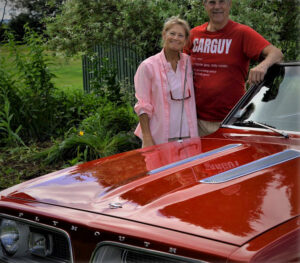
I must begin by admitting that I come from an extended MoPar family. My parents, aunts, uncles, and grandparents all drove Plymouths and Dodges. Those hand-me-down cars carried me through school and until I was on my own.
The first car I bought was a six month old 1964 Barracuda with 17,000 miles on the odometer! That’s another tale for another time. That Barracuda was the first of three series of Barracudas, basically a Valiant with a huge rear fastback window, modified grille, and 7 ft. of flat space if needed. Mine had the new 273 V8 and 4 speed Hurst shifter.
As my ’64 Cuda was pushing 100,000 miles it gave me an excuse to trade. The local Plymouth dealer had a special ordered ’67 coupe with the Commando V8 and console Torqueflite automatic transmission for a customer that never showed up. I couldn’t say no. Once again it was pretty and fast, but it wasn’t a convertible. It was a great car in many ways and I was hooked on Barracudas. It was hard to describe. Simple yet beautiful, devoid of chrome, and sleek at the same time. To me it was a Wow! And it came in three choices: a notchback coupe, a fastback, and a convertible. The second-generation Barracuda’s covered 1967 to 1969 models. The yearly styling changes were so minimal that it’s hard to tell a ’69 from a ’67. When the 1967 Barracudas were introduced in late 1966, I knew it was love at first sight. I was hooked on the ’67s, especially the Barracuda convertible which led to a decades-long on and off search.
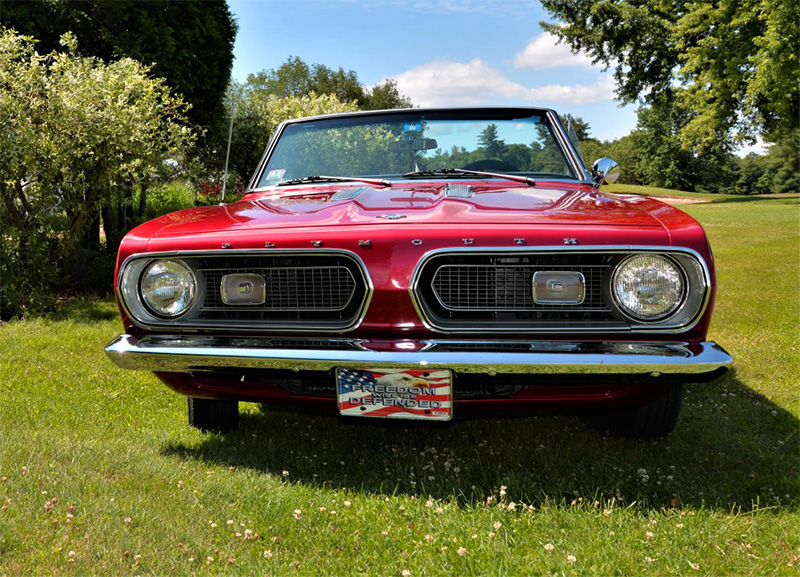
Over the years lots of old cars have come and gone from our garage including three convertibles, none of which were a Barracuda. Finally, I decided to begin another casual search for a ’67 – ’69 convertible. I’m an original or as close to original nut when it comes to old cars. I like surfing the internet from time to time looking for 50s through 70s old original MoPars. My favorites are the 60s offerings. Plymouth produced a 1967 model year run of 62,534 Barracudas, of which 4,228 were convertibles. Well, try to find a 60s or 70s unmolested American car today. I knew that over the years the convertible inventory would be declining, and indeed, my on-and-off search produced mostly beat up, tired, modified, rodded examples. There were a few Barracuda soft tops but not many. Often, they had modified wedge or hemi engines. I wanted an original or restored as-original, period. Poking around on my laptop in the Fall of 2018, there suddenly appeared exactly what I was looking for. And it was in eastern Massachusetts not west of the Mississippi. A phone call to the seller revealed a major as-original restoration and the car was still available. Interested? Yes, but the price was well out of reach. The ad soon disappeared so I assumed the Barracuda had found a new owner.
Surprise! Surprise! as Gomer Pyle would say. In spring 2019 the ad returns with a lower price. After a visit to check out Ruby and intense dickering, a deal was made. Ruby has an interesting life before she became part of ours . It starts and ends as a family affair.
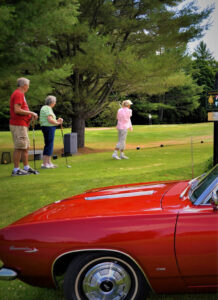
In 1967 Ruby is purchased new from a now nameless Chrysler/Plymouth dealer in the Holyoke, Massachusetts area by a local couple about to retire. The original color is brown. They were moving to Florida and wanted a convertible to take with them. Some years later they pass on and Ruby, whose color is now yellow, moves on to a nephew who lives in Massachusetts. He appears to take good care of Ruby, occasionally attending old car shows and she is garaged when not on the road. As the years pass on the nephew is in need of new funds. He asks his newly retired brother, George, if he’s willing to buy Ruby and the answer is yes.
George is an engineer but not a car guy, especially not an ‘old car’ guy. Yet he decides to restore Ruby. He has limited automotive restoration skills, so everything is farmed out – to a body shop, machine shop, transmission shop, paint shop, and so on. Most of the MoPar suppliers were called upon. Everything on Ruby is new or restored or refinished.
Why the name Ruby you ask? When it came time for the restoration paint job, the plan was a ’67 Plymouth red but George’s wife preferred a ruby red color from the ’69 Mustang offerings. So, upon arrival home to Vermont she was christened “Ruby” to match her ruby red paint job.
As mentioned earlier George was an engineer. Thankfully, he kept every receipt for every purchase of every part or service that went into the restoration. He also kept every replaced part of Ruby, both body and mechanical. They all came with the car and now reside in our attic. As for Ruby, she resides with her other A-body siblings. Fortunately, they welcomed their cousin and are getting along fine together.
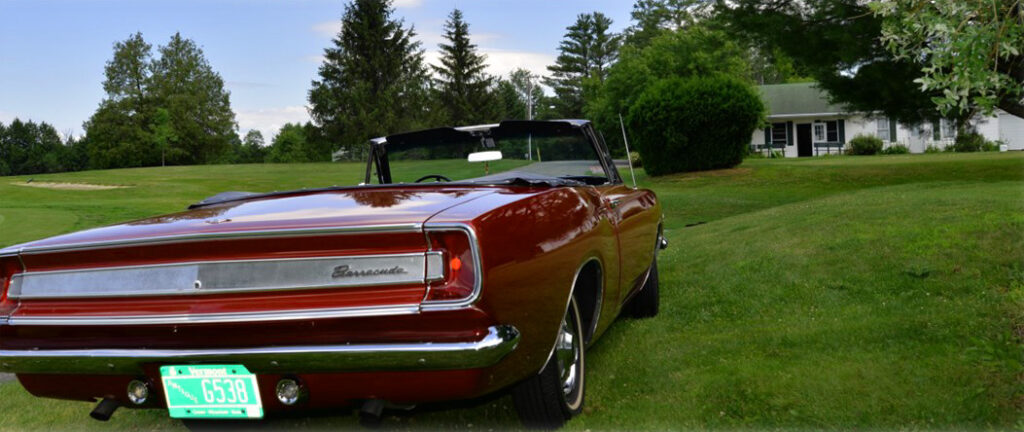

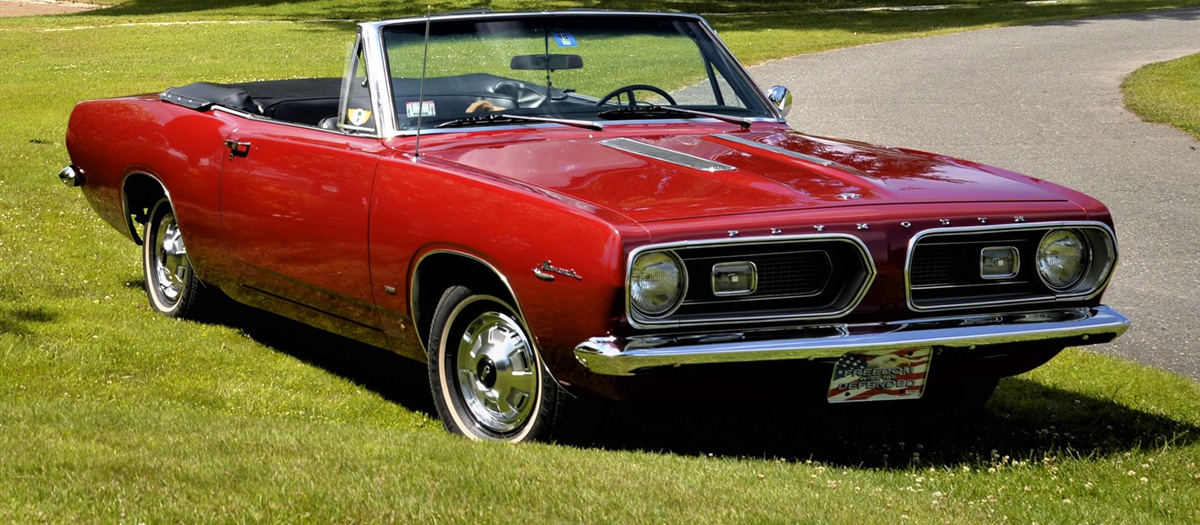
Leave a Reply